
SUSTAINABILITY ICONS
Cleaner Fashion

SUSTAINABILITY ICONS
Cleaner Fashion
At Everlane, we carefully consider our materials and work with our production partners to reduce waste, minimize natural resource use, and remove harmful chemicals and plastics.
To share the sustainability efforts behind each of our products, we created these 10 icons and placed them on relevant pages throughout our site, so you can follow along on our journey to clean up the industry.
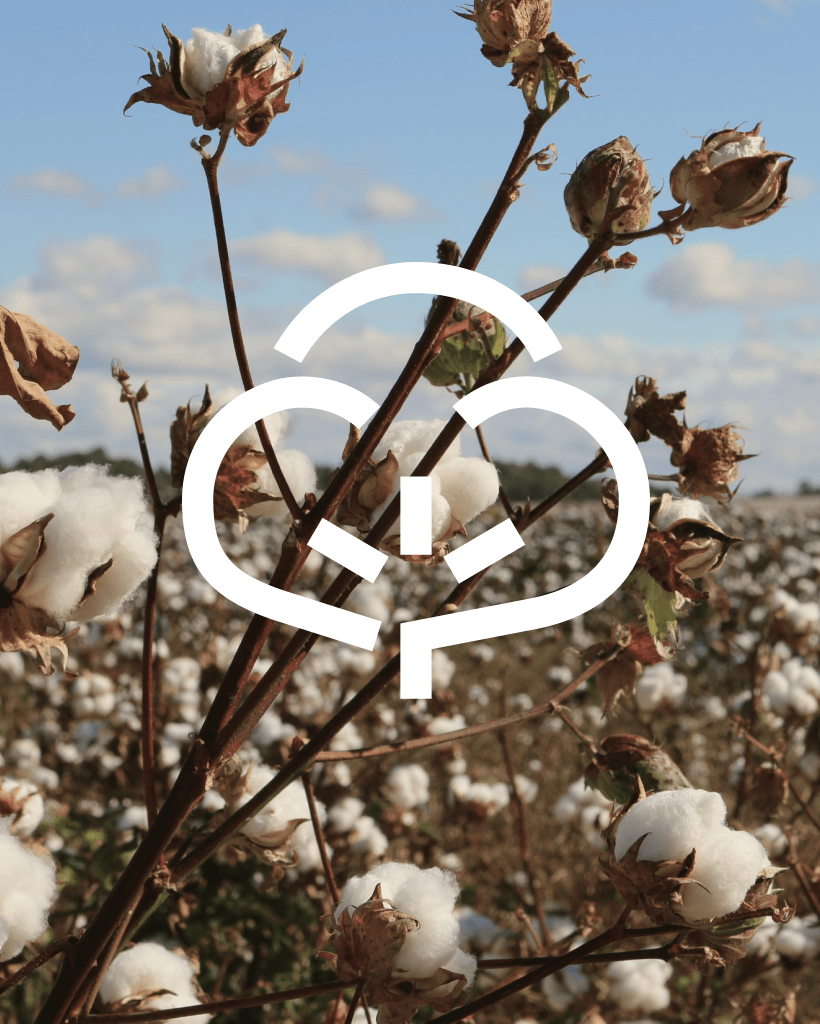
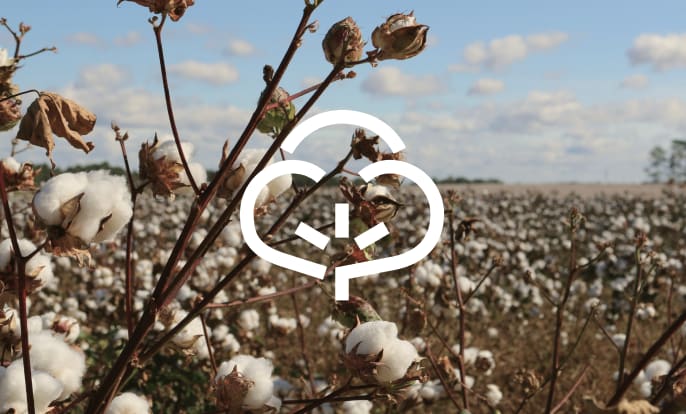
Organic Cotton
Currently, over 75% of our cotton use is certified organic. Using organic cotton means cleaner and lower water usage, lower pesticide use, healthier soil, and a safer working environment for cotton farmers, compared to conventional cotton production. We utilize Textile Exchange's Organic Content Standard (OCS) and other leading industry organic manufacturing standards to certify applicable products from farm to finished garment.
SHOP NOW
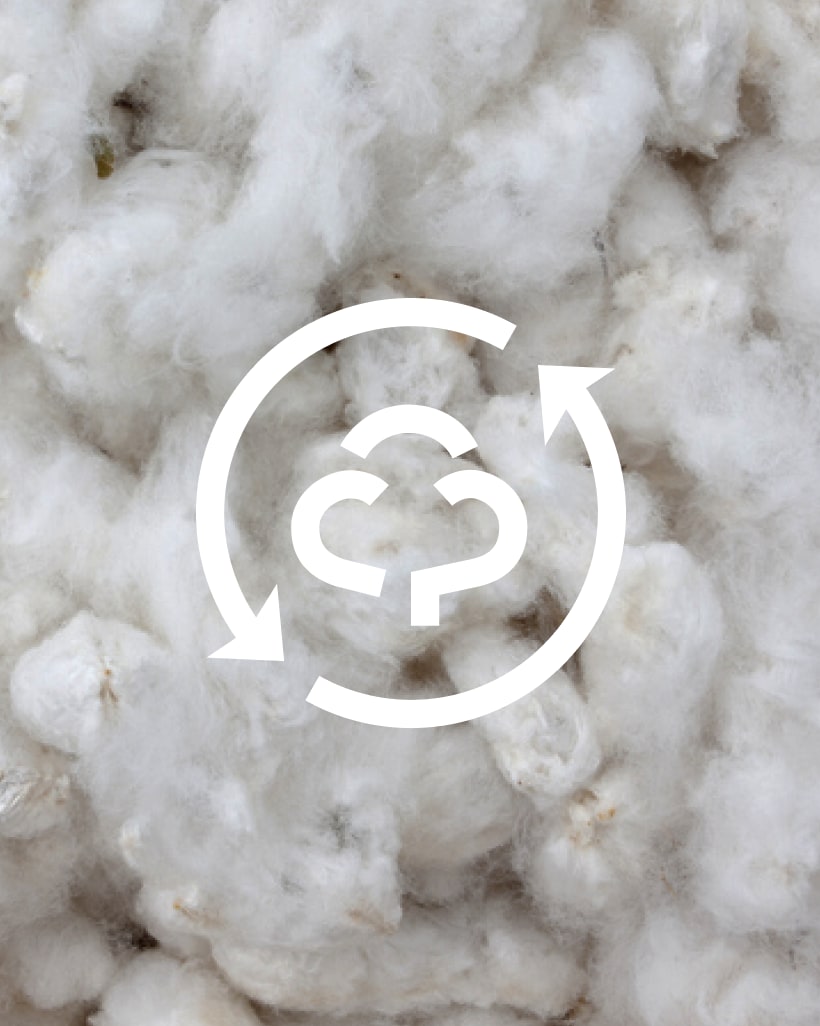

Cleaner Cotton
Because of organic cotton’s scarcity, we began exploring other innovative alternatives to conventional cotton. Styles marked with this icon contain regenerative organic cotton, regenerative cotton, in-conversion organic cotton, or recycled cotton—all of which are in greater supply and still have reduced chemical, water-use, and emissions impact on the planet, compared to conventional cotton.
SHOP NOW
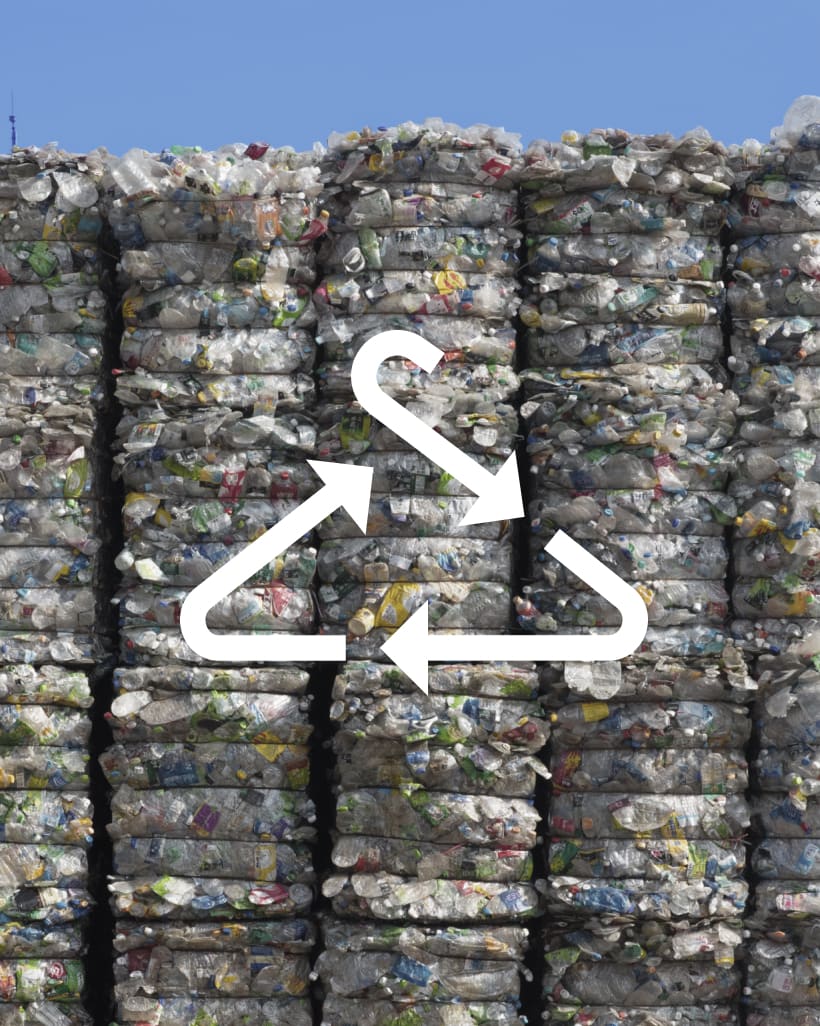
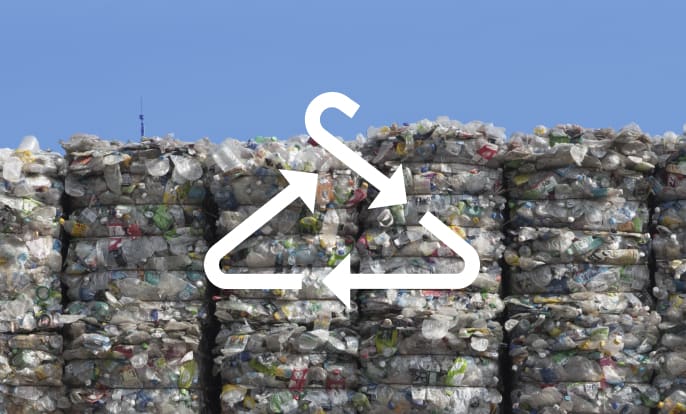
Renewed Materials
Styles marked with this icon utilize at least 50% recycled content. Wherever we can, we use recycled materials to lower our carbon footprint and reduce waste. Currently, 97% of the polyester and nylon we use comes from certified recycled sources. Using recycled materials repurposes resources, reduces inputs, and diverts would-be-waste materials away from landfills.
SHOP NOW
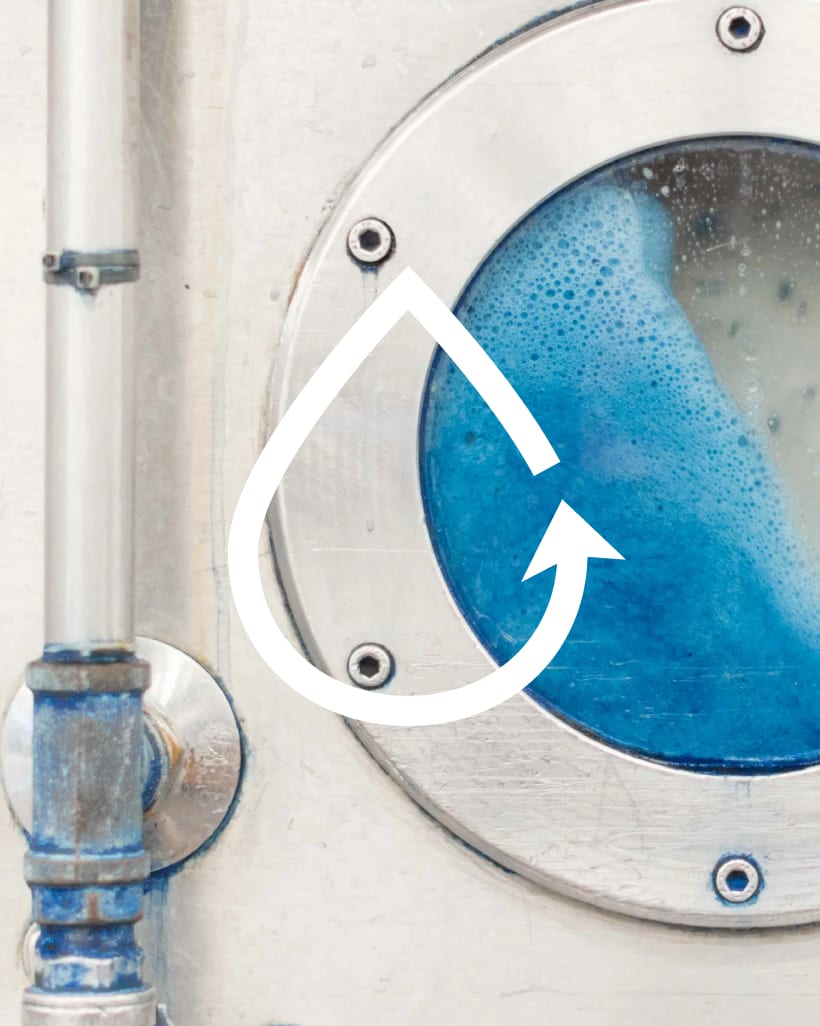
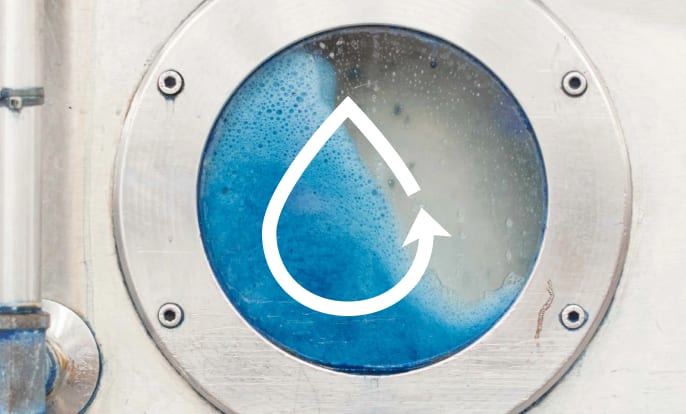
Reduced Water Usage
Styles marked with this icon use innovative water-saving production techniques, including water reduction, water recycling and reuse, and wastewater capture and treatment. Our partner factories drastically reduce their consumption by capturing, purifying, and reusing the water from dye and wash processes.
SHOP NOW
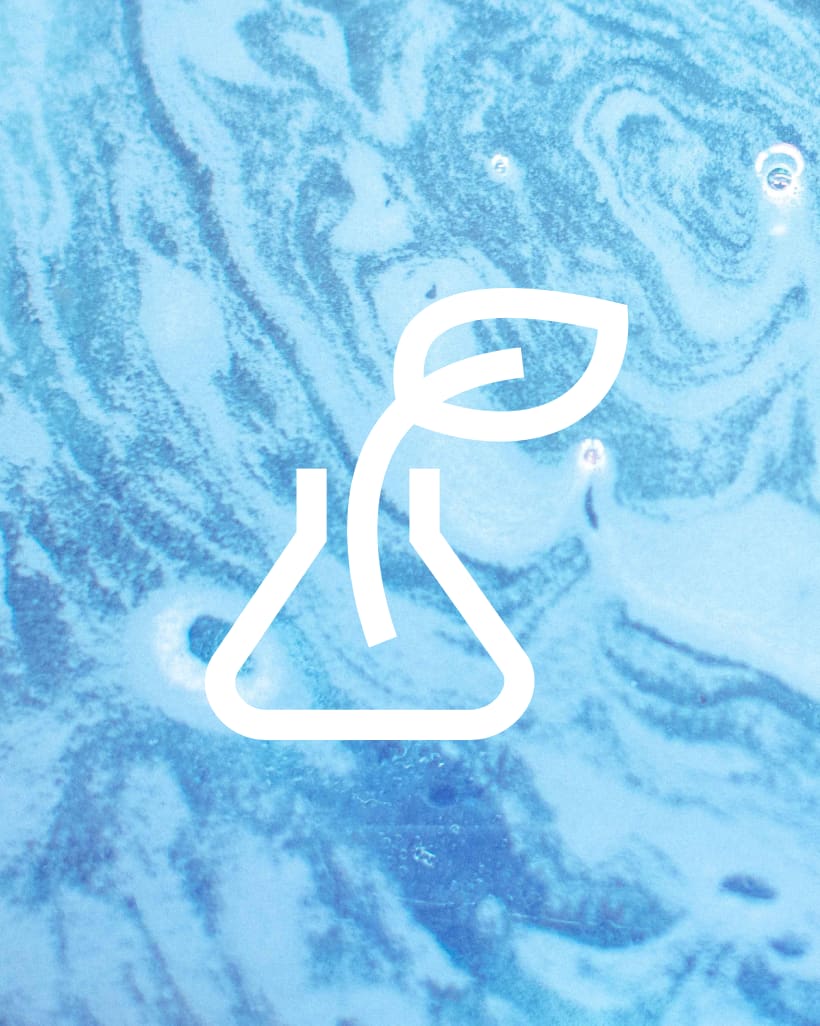
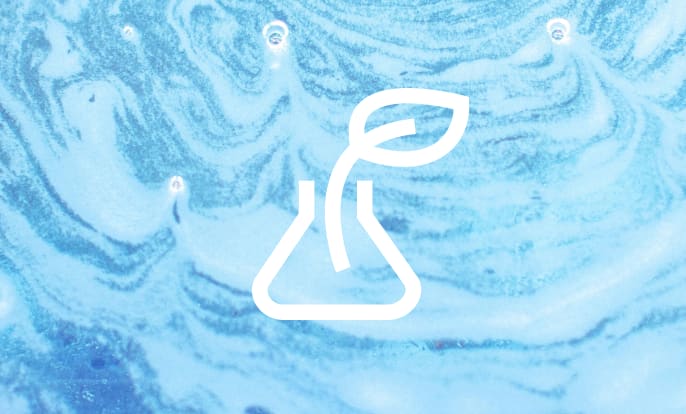
Cleaner Chemistry
To manage the chemicals used in our global supply chain, styles marked with this icon incorporate either bluesign®, GOTS, or GRS restricted-substance standards, all of which maintain restricted substance lists (RSLs) of harmful chemicals that are not permitted in the processing of our garments.
SHOP NOW
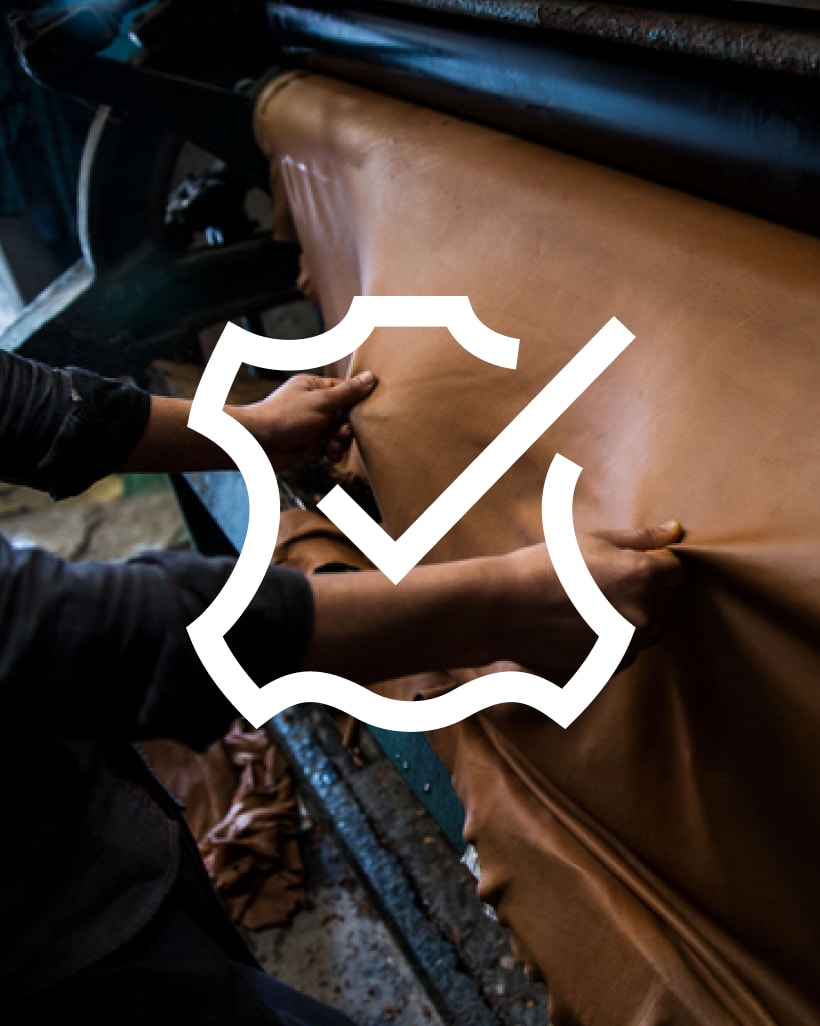
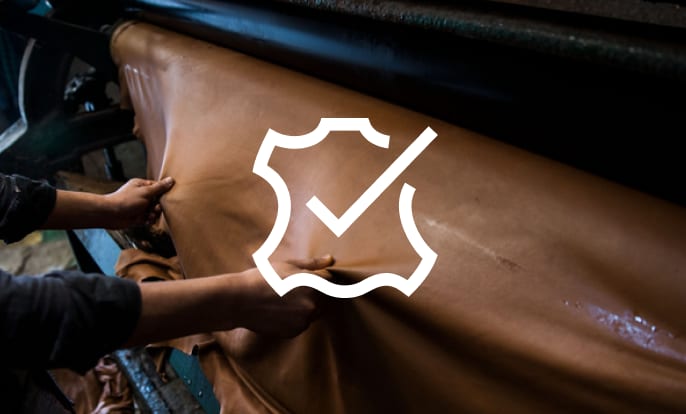
Cleaner Leather
Styles marked with this icon are sourced from a tannery rated Gold or Silver by the Leather Working Group (LWG)—the highest ratings a tannery can receive for demonstrating best practices in environmental compliance and performance capabilities.
SHOP NOW
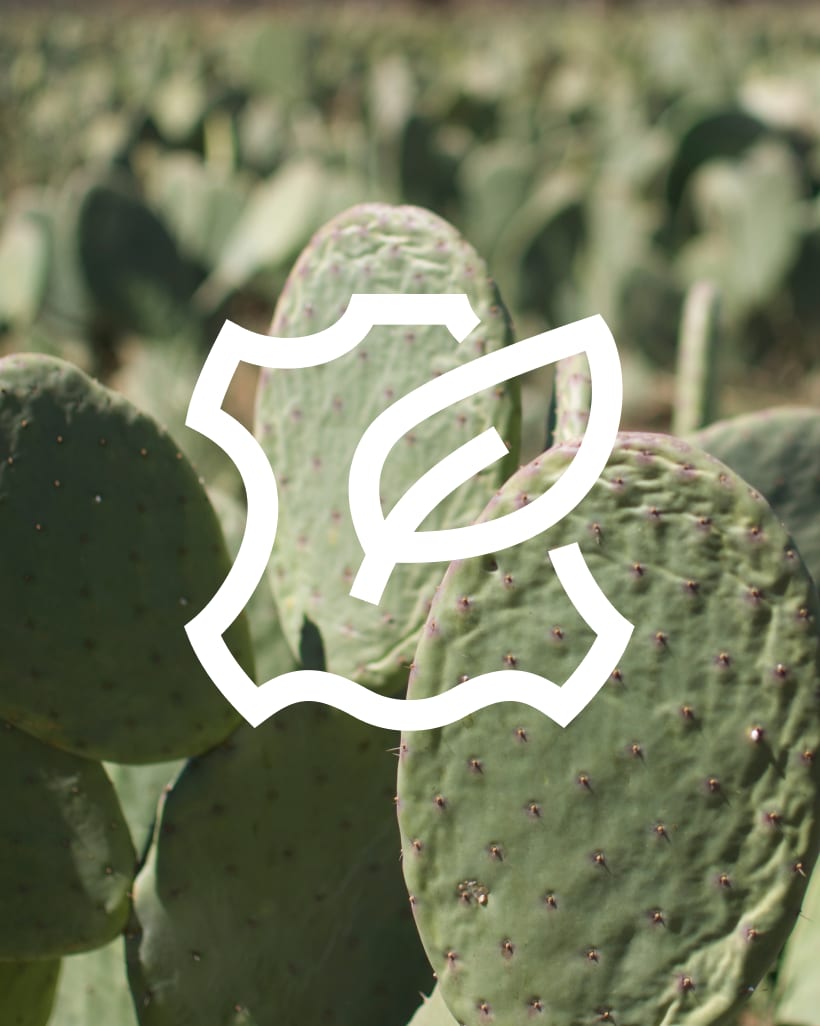
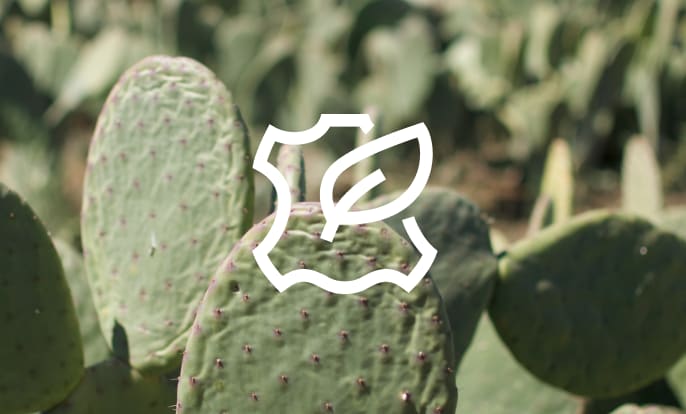
Bio-Based “Leather”
Styles marked with this icon are made with innovative next-gen materials from bio-based alternatives like cactus, mushrooms, and biofabricated plant oils, which combine the quality of traditional leather craftsmanship with a lower environmental footprint, compared to virgin animal leather.
SHOP NOW


Animal Welfare
Certified by the Responsible Wool Standard and Responsible Alpaca Standard respectively, the wool or alpaca in styles marked with this icon is sourced from a farm that follows the 12 Provisions of Animal Welfare Quality. This ensures all animals are treated humanely and maintains a strong chain of custody for garments as they move through the supply chain to guarantee visibility as well as protect soil health, biodiversity, and native species on farms.
SHOP NOW
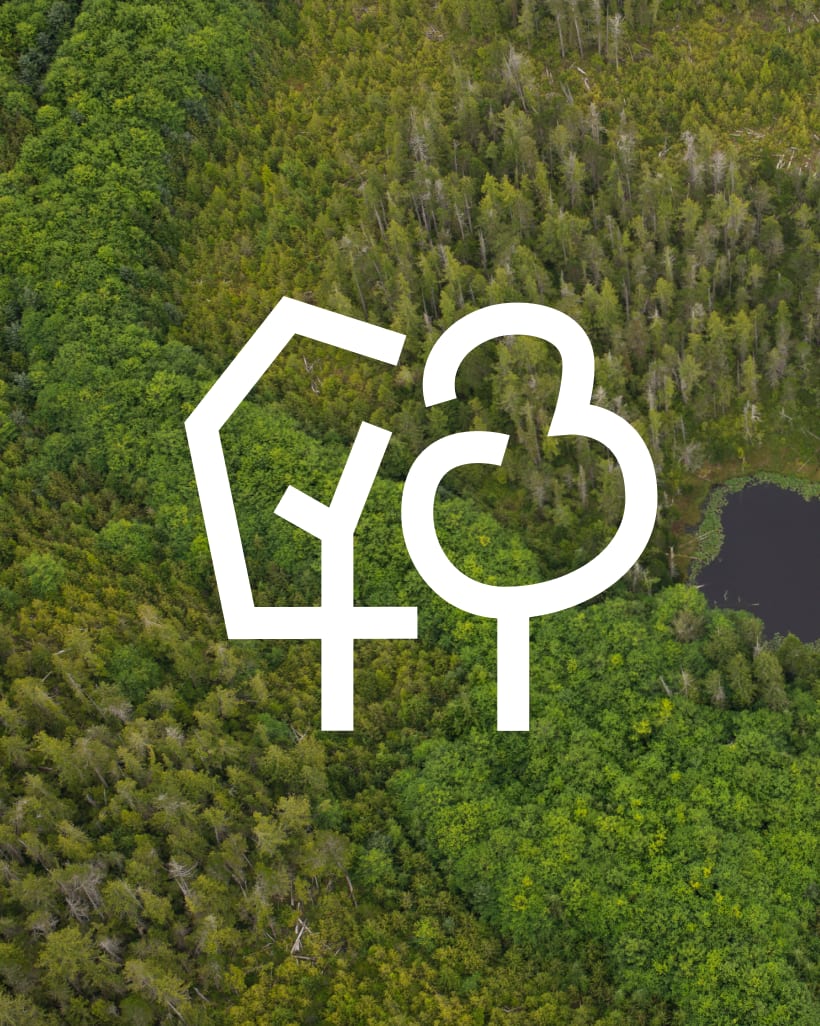
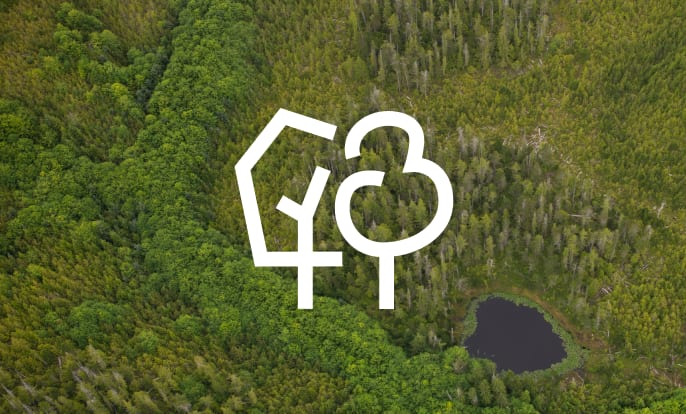
Responsible Forestry
Sourced from FSC-certified forests, styles marked with this icon utilize man-made cellulosic fibers which are rated GREEN or higher by Canopy’s Hot Button Report. This means they surpassed audit standards for forest conservation techniques, chemical, air, and emissions management, and traceability and transparent sourcing.
SHOP NOW
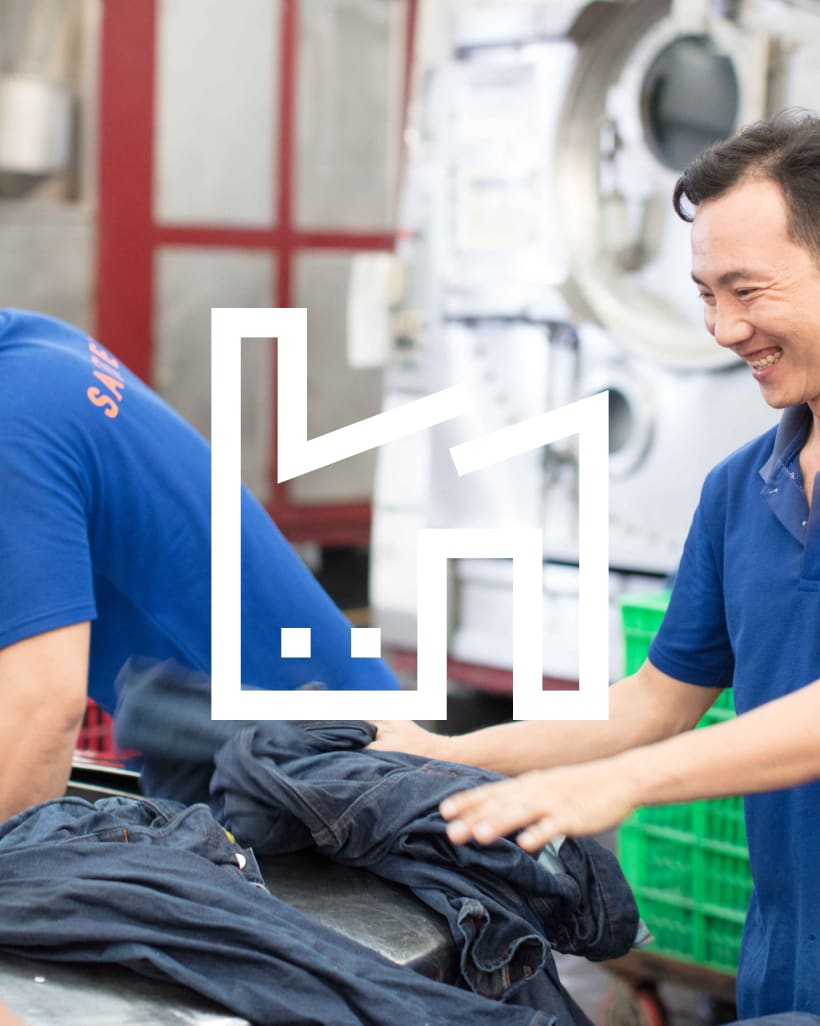

Ever-Better Factory
In addition to meeting baseline standards for social accountability, wages, benefits, and health and safety, styles marked with this icon are produced at a factory that goes above and beyond to prioritize environmental management systems and reduce its impact on the planet.
SHOP NOW
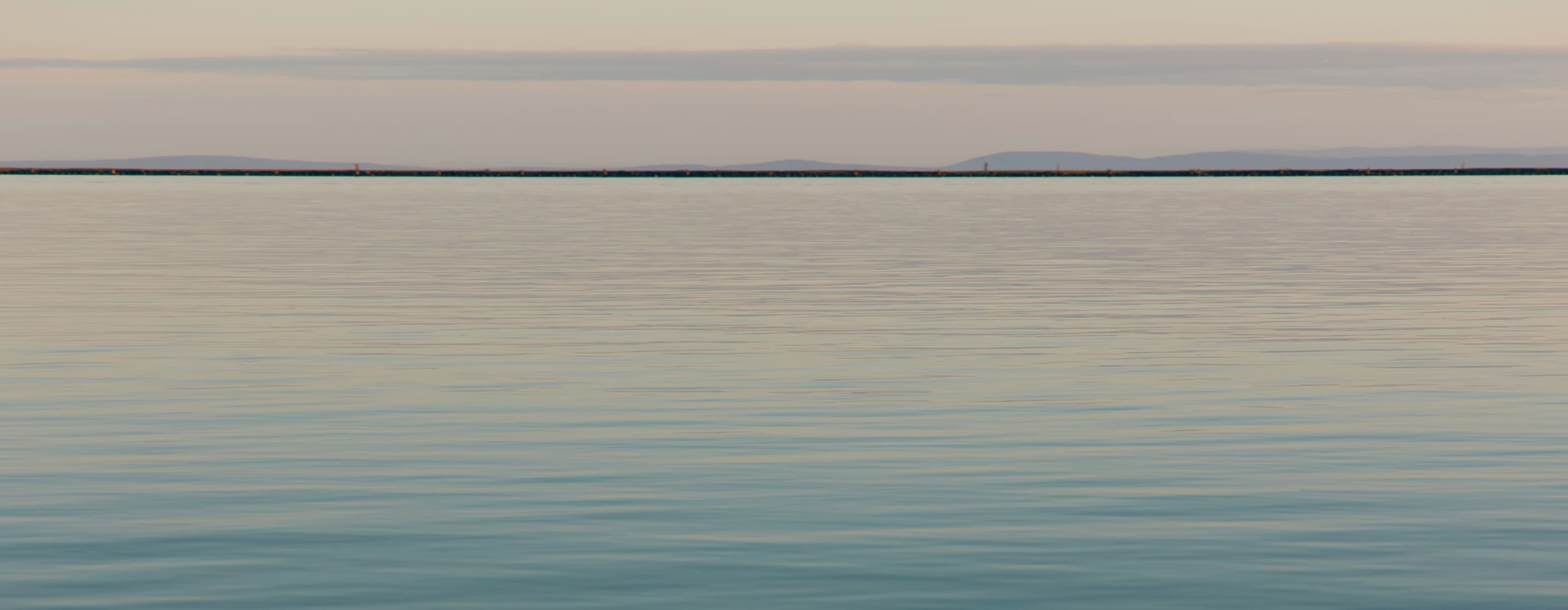
Since 2021, over 80% of our products have met at least one of the above criteria and we are working hard to make it 100% by 2025.
READ OUR IMPACT REPORT
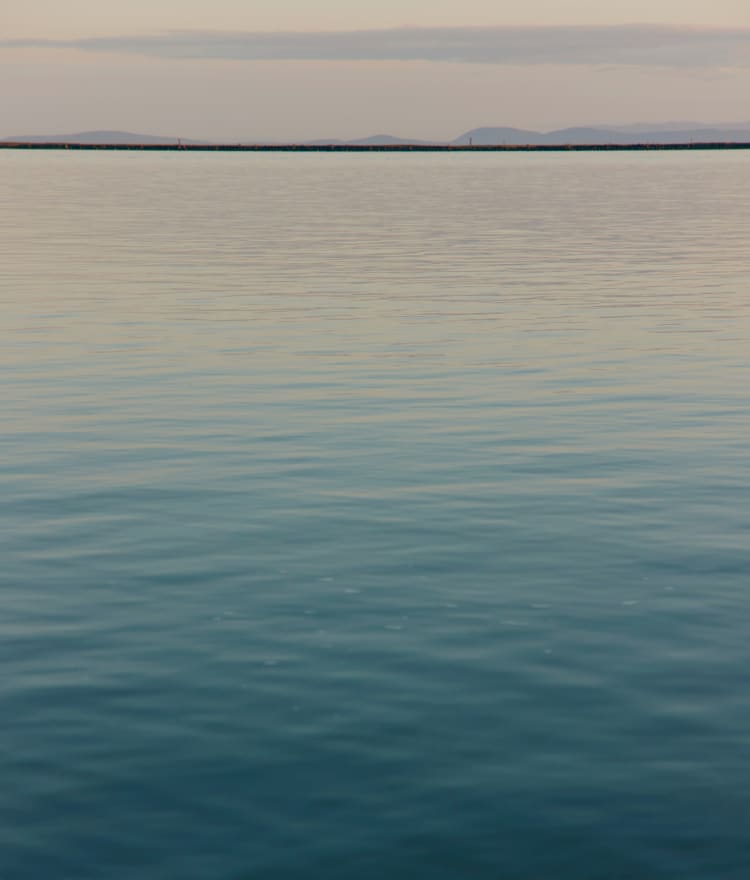
Over 80% of our products meet at least one of the above criteria and we are working hard to make it 100% by 2025.
READ OUR IMPACT REPORT
